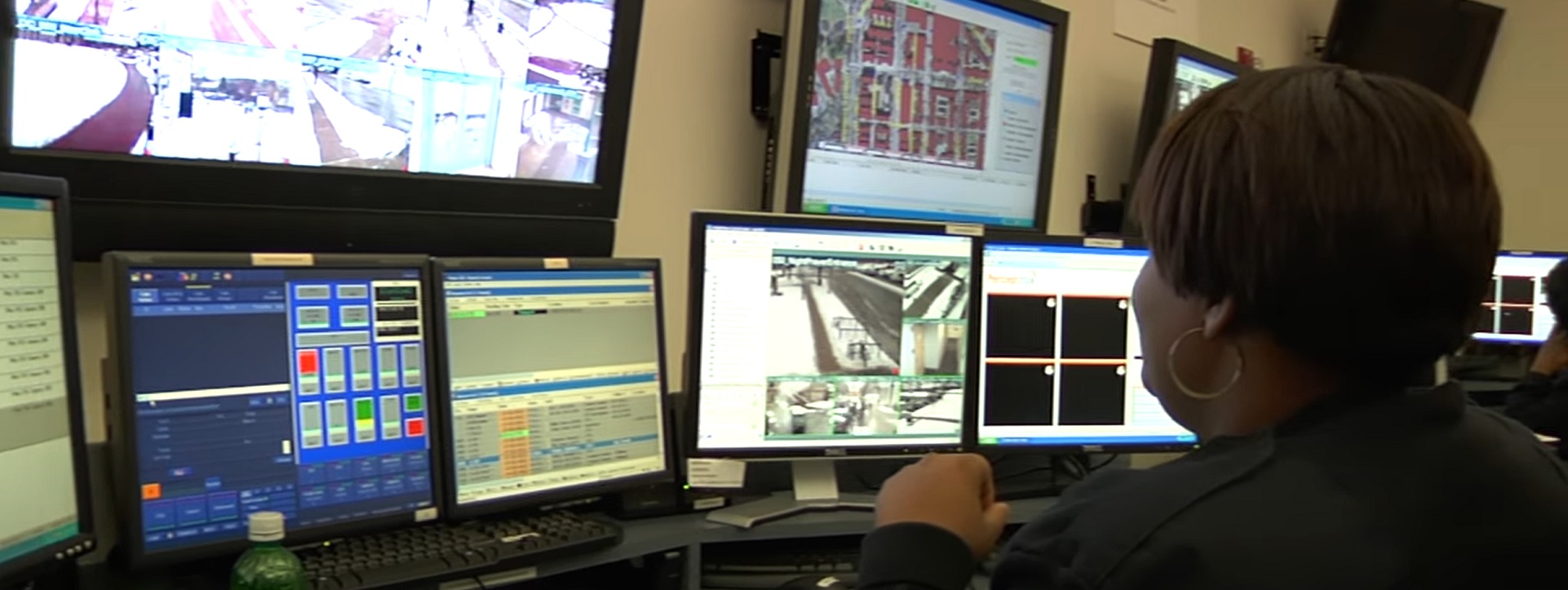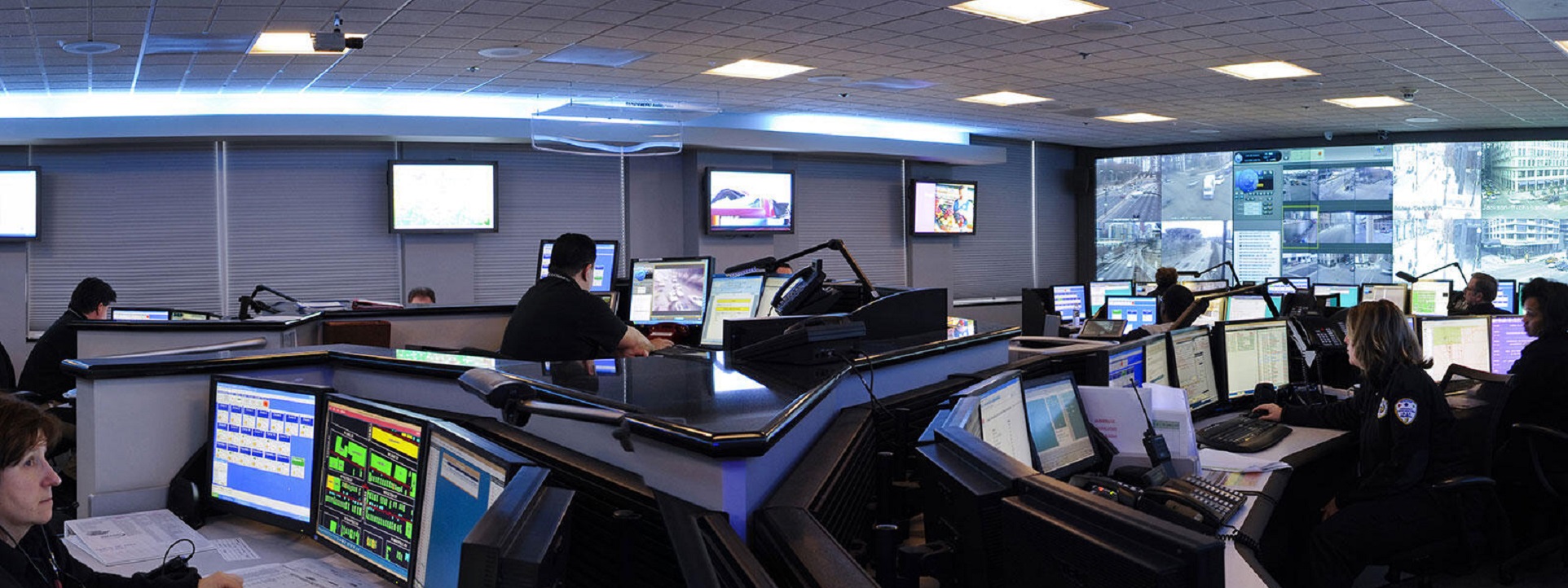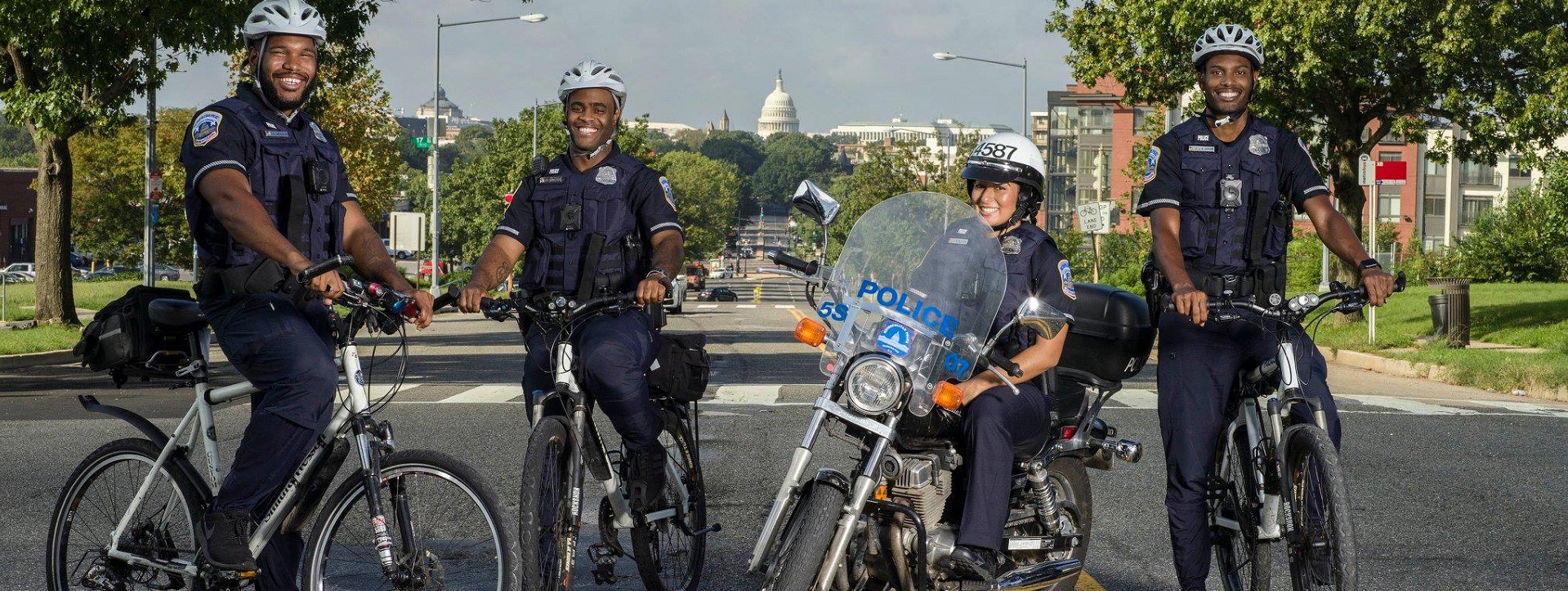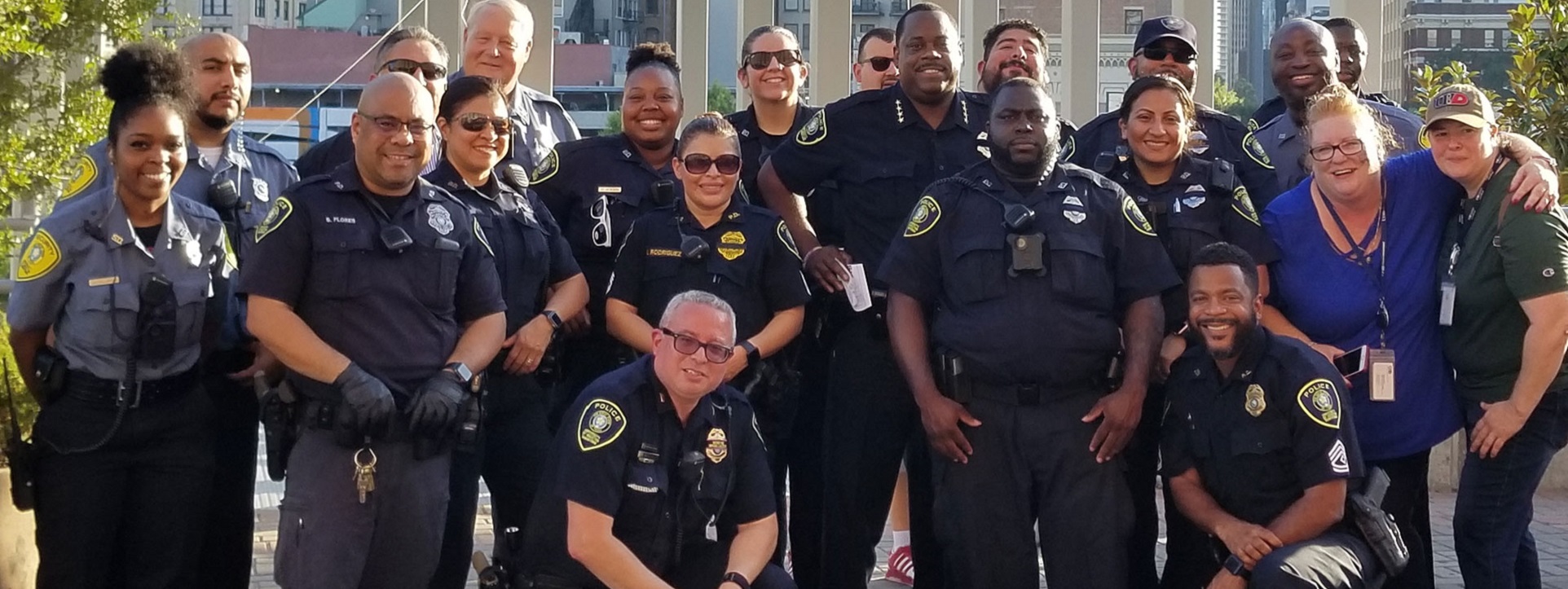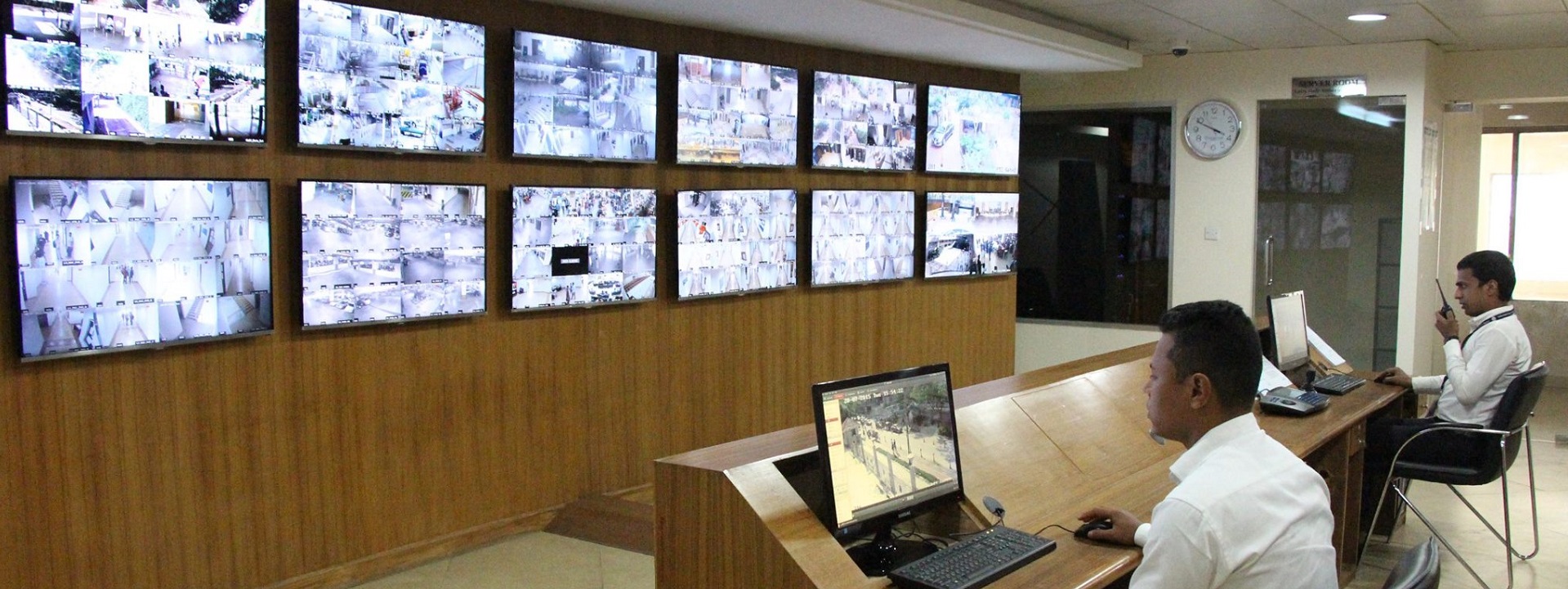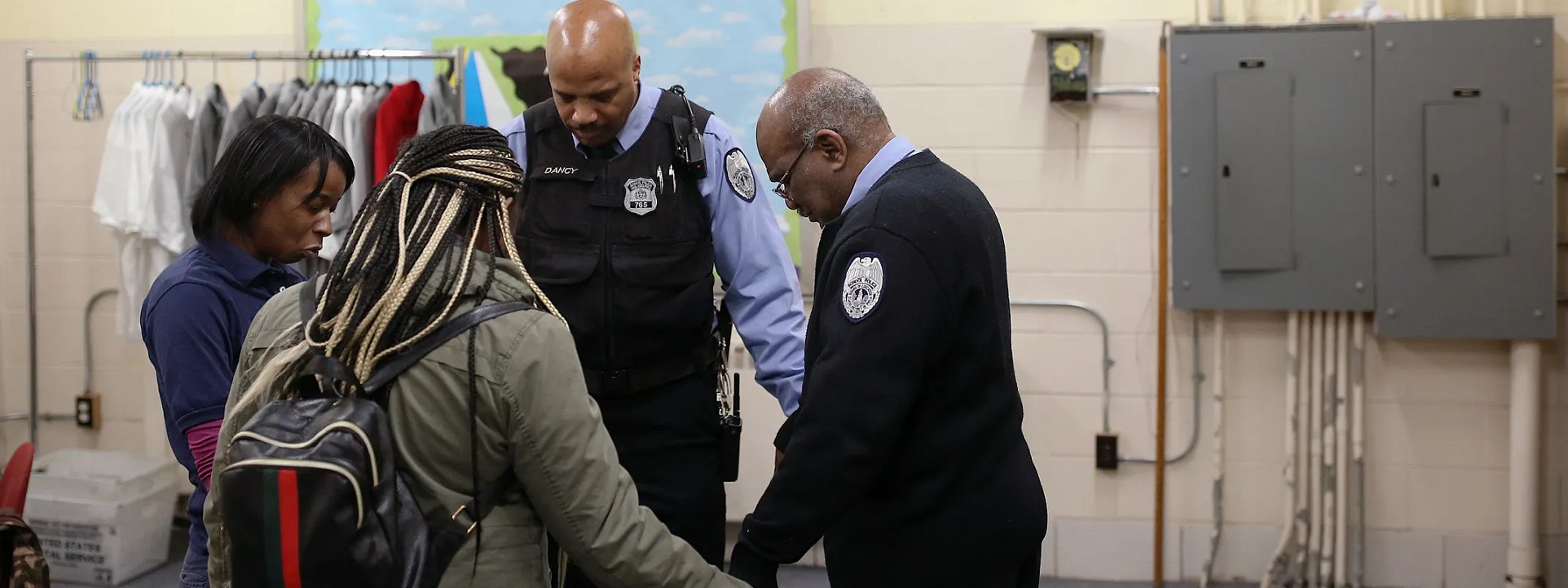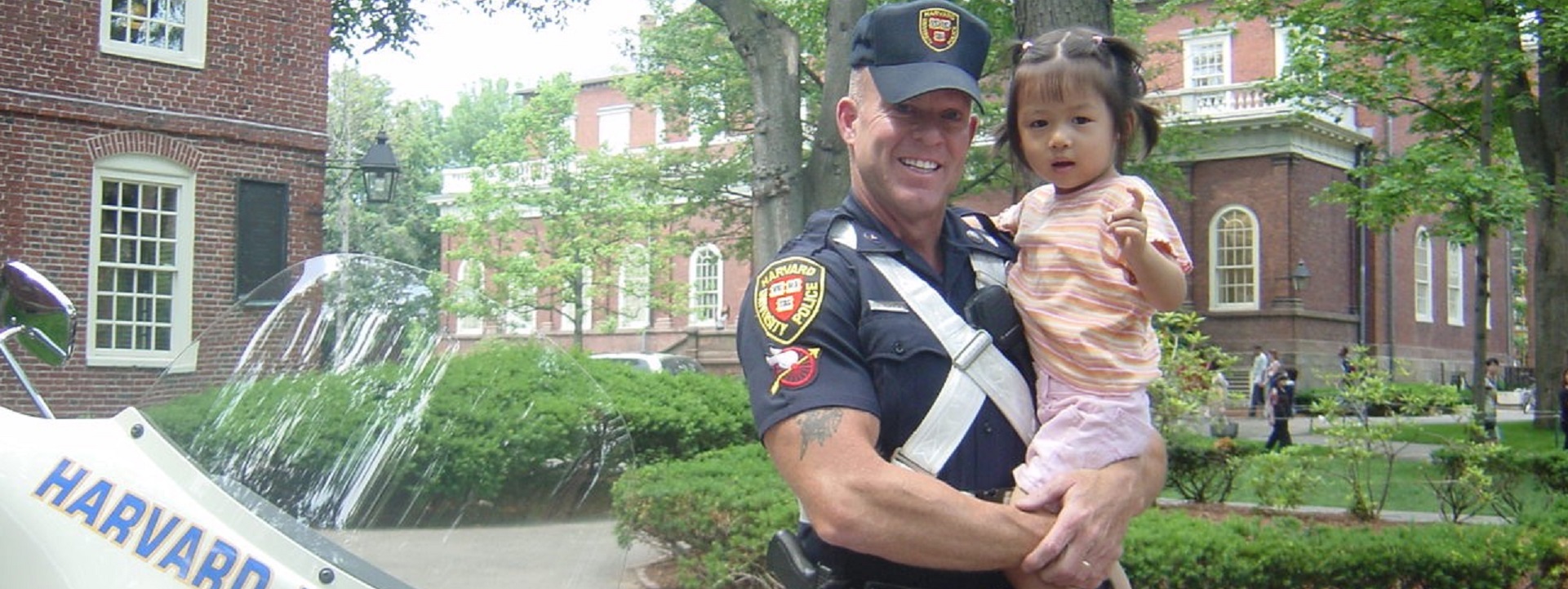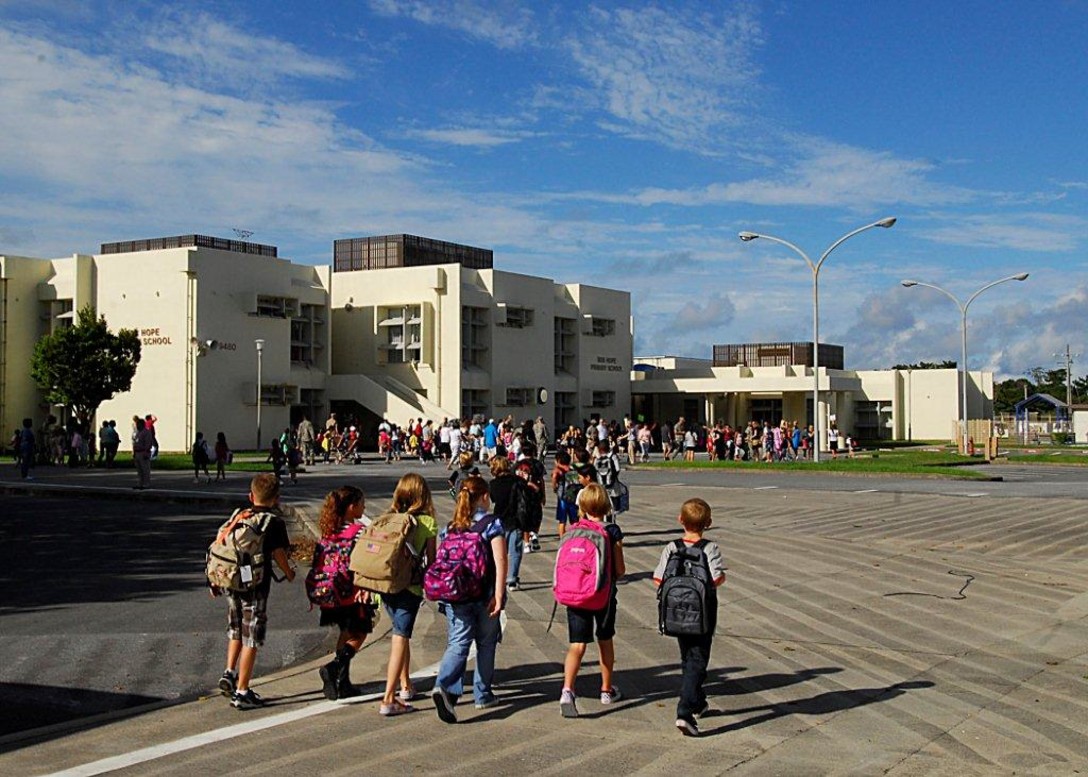“We worry about what a child will become tomorrow,
yet we forget that he is someone today.”
– Stacia Tauscher
Today we run a status check on the stream of technical and management standards evolving to assure the highest possible level of security for education communities. The literature expands significantly from an assortment of national standards-setting bodies, trade associations, ad hoc consortia and open source standards developers. CLICK HERE for a sample of our work in this domain.
School security is big business in the United States. A few years ago we could deal with physical security separately from cybersecurity. Not so much anymore. In today’s colloquium — essentially a survey module presenting a broad overview — we seek to understand product and interoperability standards for the following technologies:
Video surveillance: indoor and outdoor cameras, cameras with night vision and motion detection capabilities and cameras that can be integrated with other security systems for enhanced monitoring and control.
Access control: doors, remote locking, privacy and considerations for persons with disabilities.
As time permits, we will reckon with first cost and long-term maintenance cost, including software maintenance.
According to a report by Markets and Markets, the global school and campus security market size was valued at USD 14.0 billion in 2019 and is projected to reach USD 21.7 billion by 2025, at a combined annual growth rate of 7.2% during the forecast period. Another report by Research And Markets estimates that the US school security market will grow at a compound annual growth rate of around 8% between 2020 and 2025, driven by factors such as increasing incidents of school violence, rising demand for access control and surveillance systems, and increasing government funding for school safety initiatives.
Noteworthy: The combined annual growth rate of the school and campus security market is greater than the growth rate of the education “industry” itself.
Education Community Safety catalog is one of the fast-growing catalogs of best practice literature. We link a small sample below and update ahead of every Security colloquium.
Executive Order 13929 of June 16, 2020 Safe Policing for Safe Communities
National Center for Education Statistics: School Safety and Security Measures
International Code Council
2021 International Building Code
Section 1010.1.9.4 Locks and latches
Section 1010.2.13 Delayed egress.
Section 1010.2.14 Controlled egress doors in Groups I-1 and I-2.
Free Access: NFPA 72 National Fire Alarm and Signaling Code
Free Access: NFPA 731 Standard for the Installation of Premises Security Systems
IEEE: Design and Implementation of Campus Security System Based on Internet of Things
APCO/NENA 2.105 Emergency Incident Data Document
C-TECC Tactical Emergency Casualty Care Guidelines
Department of Transportation Emergency Response Guidebook 2016
NENA-STA-004.1-2014 Next Generation United States Civic Location Data Exchange Format
Example Emergency Management and Disaster Preparedness Plan (Tougaloo College, Jackson, Mississippi)
Partner Alliance for Safer Schools
Federal Bureau of Investigation Academia Program
Most Dangerous Universities in America
Federal Bureau of Investigation: Uniform Crime Reporting Program
When your students love the school security guard- he gets flowers! Thanks, Steve! You are the BEST and we appreciate your hard work keeping us safe and building relationships! pic.twitter.com/VCJQ6y9S44
— Casey Otten (@casey_otten) May 26, 2023



